- About us
- Support the Gallery
- Venue hire
- Publications
- Research library
- Organisation chart
- Employment
- Contact us
- Make a booking
- Onsite programs
- Online programs
- School visit information
- Learning resources
- Little Darlings
- Professional learning
Francis Gardiner (Christie) (1830-c. 1903), bushranger, came to New South Wales with his family as a child. At the age of 20, under the name Francis Christie, he was sentenced to five years' hard labour at Geelong for horse theft. Escaping from Pentridge, he returned to New South Wales. In early 1854, having stolen more horses, he was convicted as Francis Clarke and imprisoned on Cockatoo Island. Five years later he was given a ticket-of-leave for the Carcoar district, but broke parole and headed south. Following a stint as a butcher at Lambing Flat, he transformed himself into 'The Darkie', engaging in highway robbery on the Cowra Road. In July 1861 at a sly grog shop near Oberon he shot and wounded two policemen. Expanding with Johnny Piesley into the old Lachlan road and the Weddin Mountains, he formed a 'gang' with Johnny Gilbert, Ben Hall and others. On 15 June 1862 they held up the gold escort near Eugowra and bagged £14 000. Gardiner fled with his mistress to Queensland, but in early 1864 he was located by the New South Wales police and arrested. Tried for wounding Sergeant Middleton with intent to kill, he was acquitted by the jury but found guilty on two non-capital charges and given a cumulative sentence of 32 years' hard labour. In 1872, the high-profile orator WB Dalley, who had defended Gardiner, organized petitions to the governor to use his prerogative of mercy. Governor Robinson decided that Gardiner had been harshly sentenced and in 1874 released him, subject to his exile. A public controversy ensued, with petitions, counter-petitions and spirited debates in the Legislative Assembly. Ultimately, the decision led to the fall of Premier Henry Parkes's government. In 1875, by way of Hong Kong, Gardiner travelled to San Francisco, where he ran the Twilight Saloon. Although most reports were unreliable, the colonial press continued to note his activities, including his death in Colorado in about 1903.
Fred Lowry (1836-1863) was a stockman before he turned to cattle and horse duffing. In 1862 a warrant was issued for his arrest for horse theft, and he took to the bush. In 1863 he and John Foley terrorised the crowd at a race meeting in the Brisbane Valley, near Goulburn. Lowry shot a man. Apprehended, he was taken to Bathurst, but he escaped with several other prisoners and made his way to the Weddin Mountains, where he became involved with Ben Hall and John Gilbert, reportedly engaging with the latter in a shooting on the Lambing Flat goldfields in 1863. In the winter of that year, in company with others, he bailed up the Mudgee Mail, netting £5 700 - a haul second only to the proceeds of the Eugowra heist the previous year. At the end of August 1863 Lowry was holed up at the Limerick Races Hotel about fifty miles from Goulburn. Police acting on information received arrived and engaged Lowry and his companion in a gun battle, in which Lowry was shot in the throat. Loaded into a dray bound for Goulburn, he died on the journey, reportedly asking that it be noted that he 'died game'.
Purchased 2008



On one level The Companion talks about the most famous and frontline Australians, but on another it tells us about ourselves.
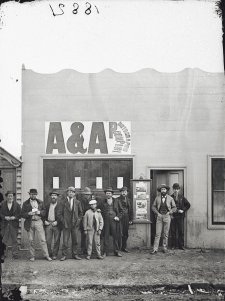
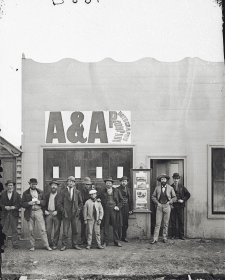
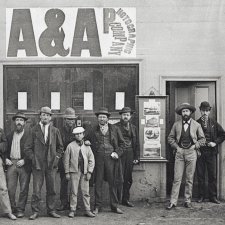
Joanna Gilmour explores the stories behind the ninteenth-century carte de visites of bushrangers Frank Gardiner and Fred Lowry.
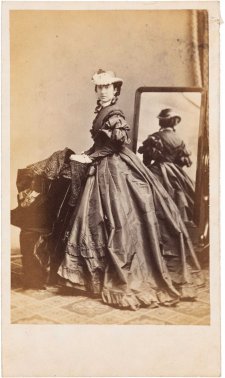
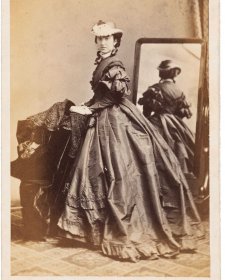
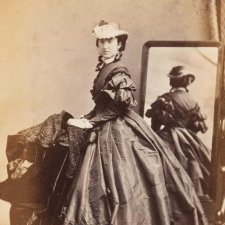
Drawn from the NPG’s burgeoning collection of cartes de visite, Carte-o-mania! celebrates the wit, style and substance of the pocket-sized portraits that were taken and collected like crazy in post-goldrush Australia.